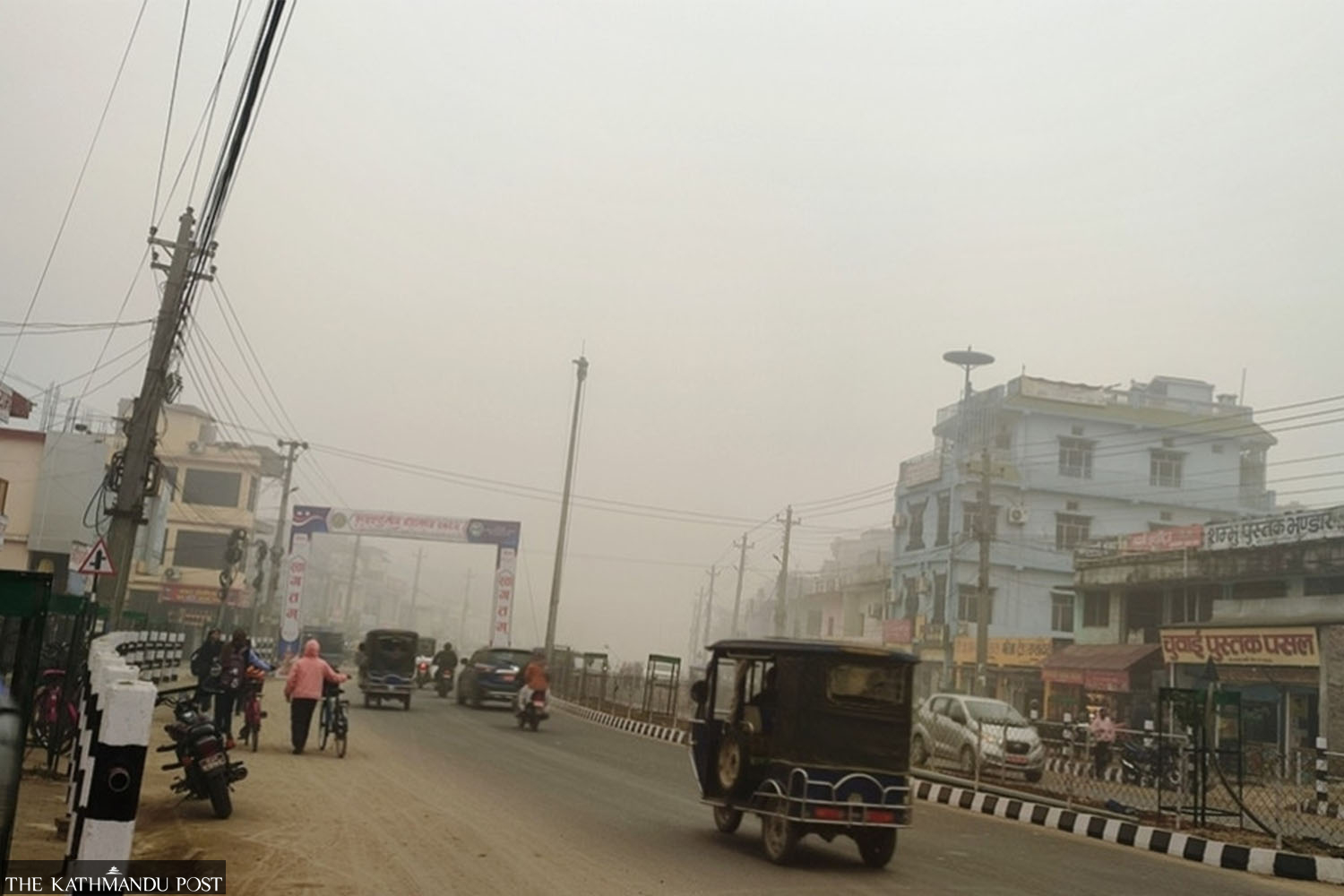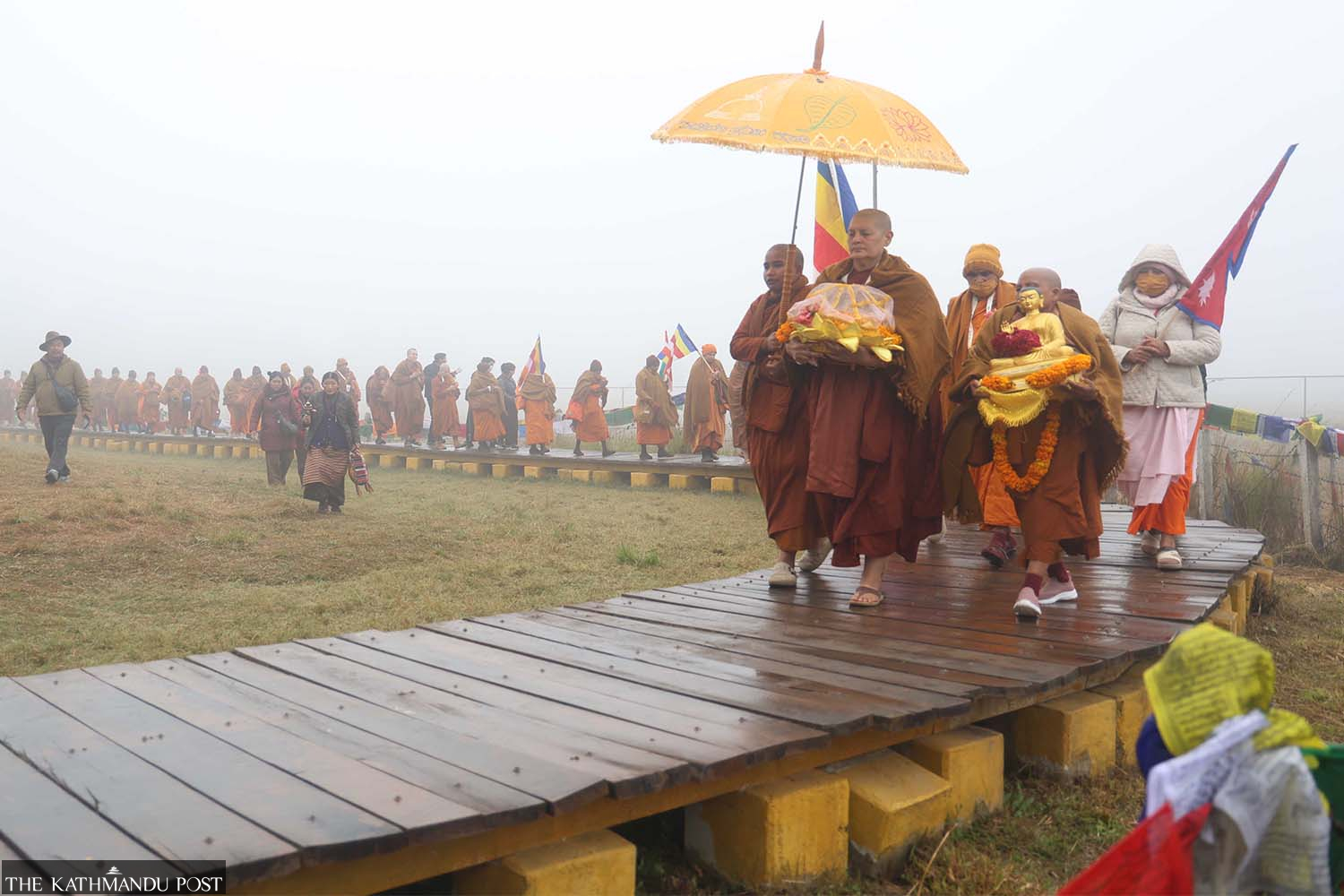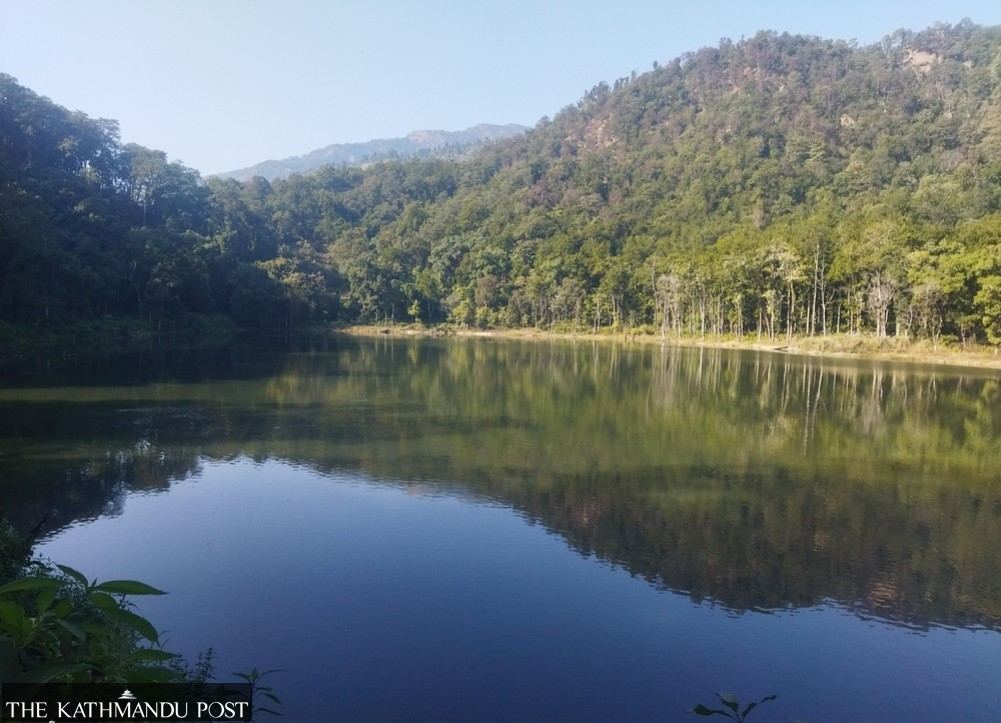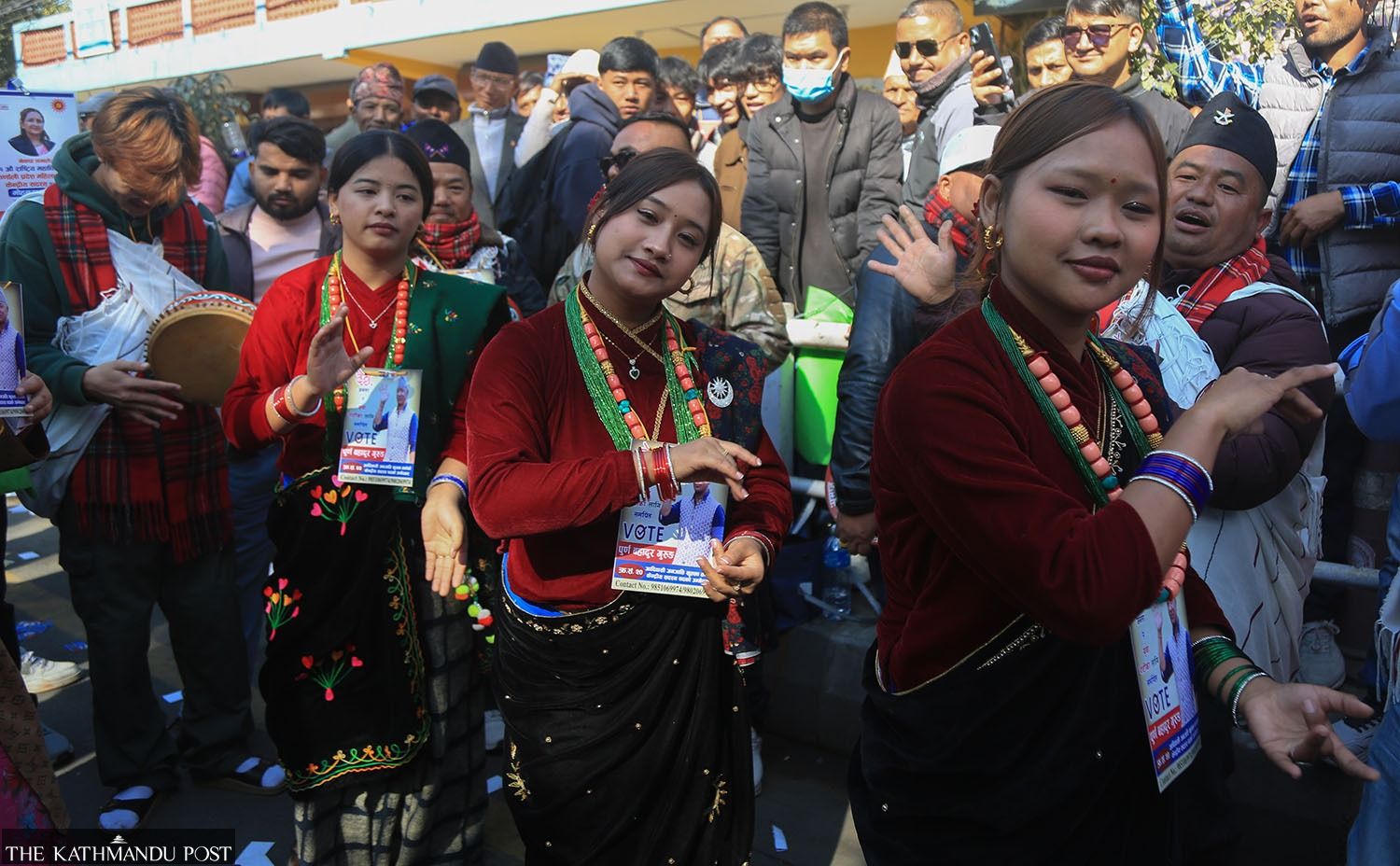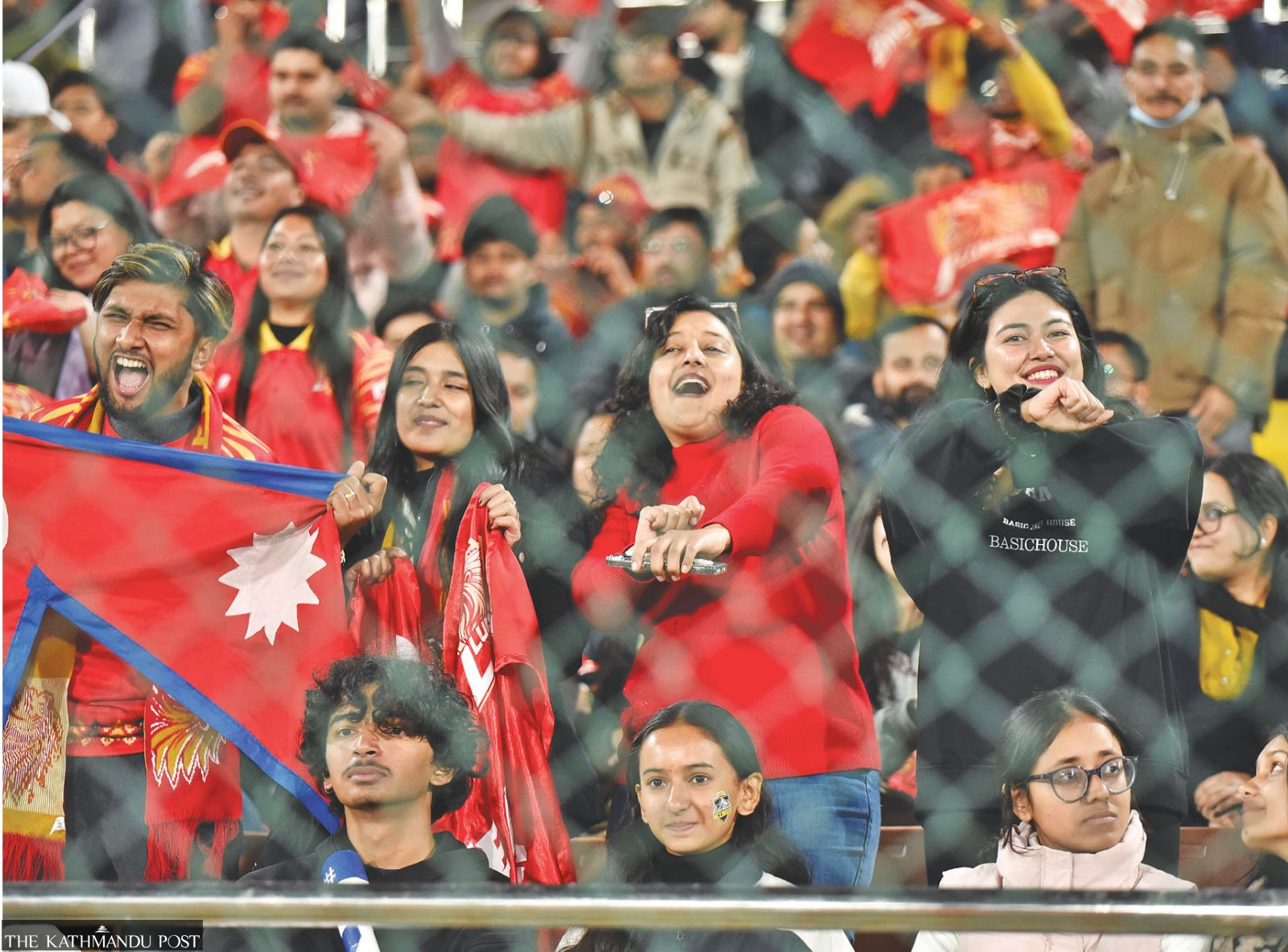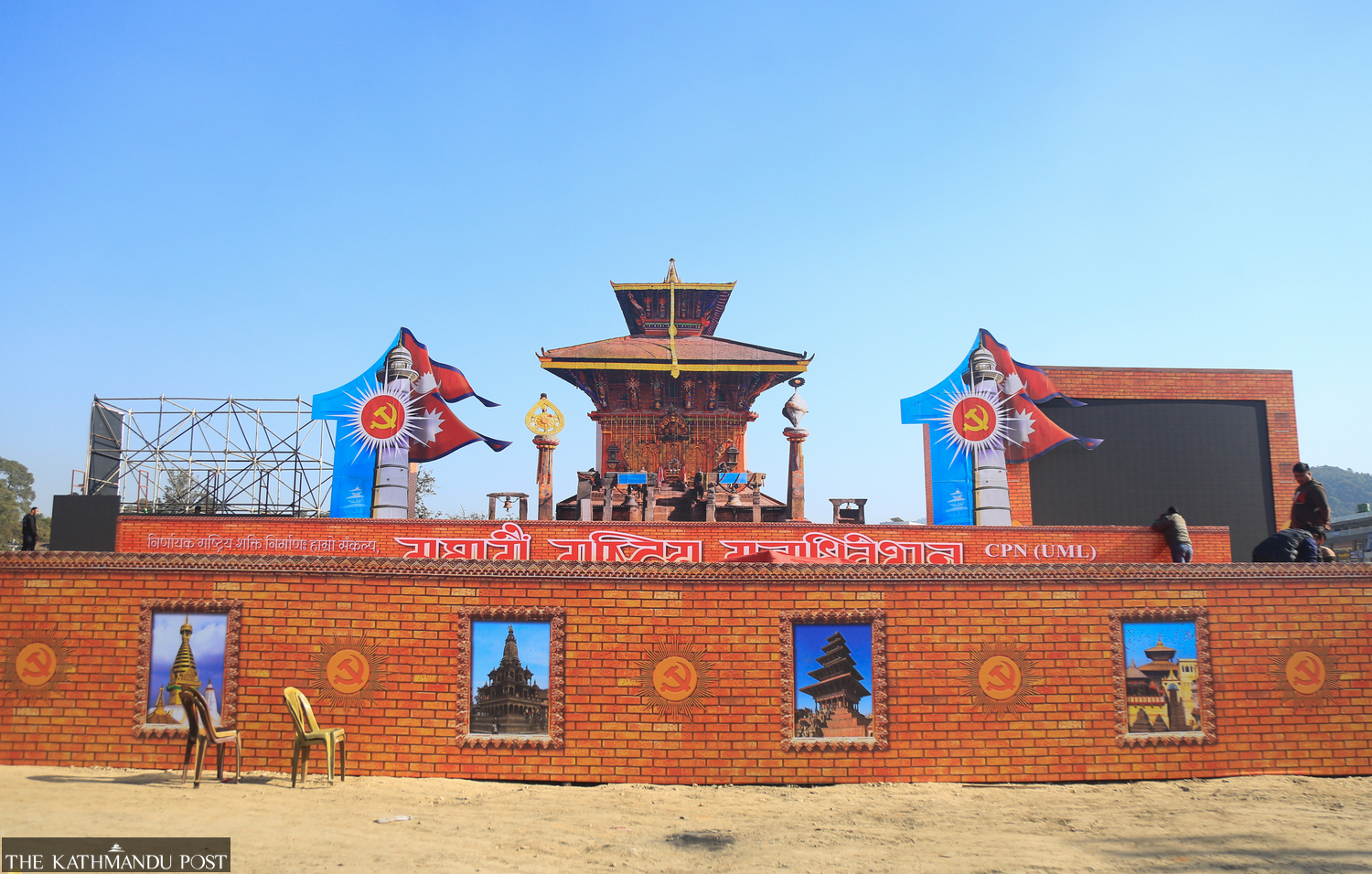Visual Stories
Despite hardships, the hardy people of Humla persevere
Humla is a remote mountain district in Nepal with an unreliable road network. This makes necessities, which come by air, much more expensive, making their lives difficult.
Keshav Thapa
The beautiful Himalayan district of Humla in Karnali Province has many legends attached to its name. One popular legend talks about a grand Koti Homa (a Hindu fire ritual) performed in the famous pilgrimage site of Kharpunath in ancient times. Locals believe the word ‘Homa’ changed into ‘Humla’ over the years.
Another legend holds that the district got its name from a river known as ‘Hulma Langring’ (narrow river), which is one of the many tributaries of Karnali.
Yet another tale believes that the area was dubbed ‘Humla’ after the Hun people from Tibet crossed the La Pass to get to Tibet.
.jpg)
According to the National Census 2021, the population of Humla is 55,394. The district’s capital Simkot has unreliable road networks due to geographical difficulties. This has created all sorts of inconveniences in the daily lives of the people living in the district.
The only way to get to Simkot is on foot or by air--through flights from Dhangadhi, Nepalgunj and Surkhet. Necessities, including medicines, groceries and other food items, are brought there via airplanes. So everything is exponentially expensive.
During the monsoon season, Humlis’ difficulties get even worse. Air flights are unpredictable due to the ever-changing weather. People who have to fly to Nepalgunj for medical treatment and other work start living near the airport, hoping to catch the next available flight.
.jpg)
The supply chain of food is disturbed (due to the lack of flights), so the locals are constantly waiting for the next supply of food items. When the plane lands, villagers take it to their respective villages on horses and mules.
Although the district has a hospital, Humla District Hospital, it doesn’t offer many services. Even for a minor operation, locals must fly to Nepalgunj, Dhangadhi or Surkhet, bearing expensive airfares. Locals--especially women and children--suffer from the lack of nutritious food and proper health counselling.
.jpg)
When I visited Humla on June 8, 40-year-old Nani Budha, along with her 60-year-old mother, had come to a temporary health camp run at the district hospital to get their joints and lower abdominal pains treated. Nani has seven children, and her mother has 13. When the doctor asked them the reason behind their many children, Nani replied, “We had to keep giving birth to children until we bore a son.”
The same day, 28-year-old Jhumri Sunar visited the camp to treat her daughter. She has been married for eight years and has three daughters. When asked if she wanted any more children, Jhumri revealed that although she has had enough, her family wants her to give birth to a son.
.jpg)
Despite all this, Humlis persevere. They are still deeply entrenched in their culture--donning traditional attire and following the agrarian lifestyle. Many hope reliable roads reach them soon because this would mean that goods would become more affordable and their lives would get much easier. The Karnali Corridor Road is currently in the works. It aims to connect multiple districts, all the way from Surkhet, Dailekh, Kalikot, Bajura to Humla.
.jpg)
.jpg)







 9.12°C Kathmandu
9.12°C Kathmandu
